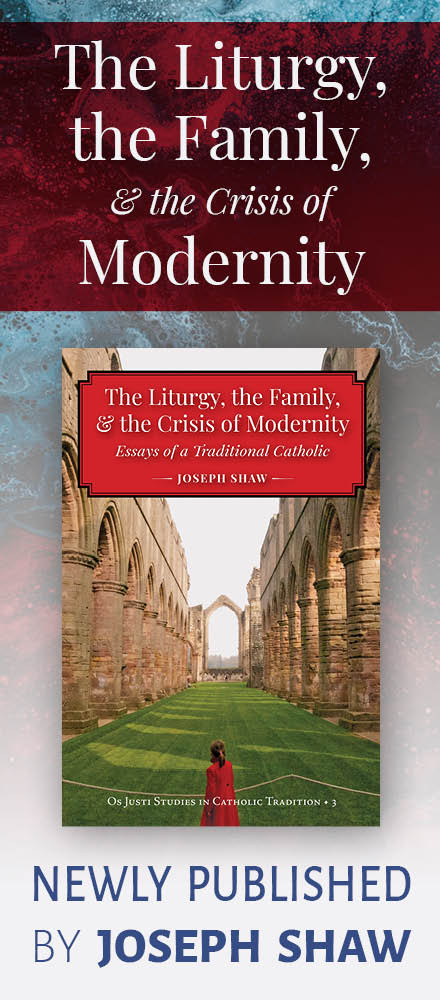Just as God, when the works of the creation of the world were completed in six days, as you know, on the seventh day rested from all the work which He had done (Genesis 1,1 – 2, 2, the first prophecy of the Easter vigil); so also in the sixth age, the works of re-creation being completed, according to what the Lord said when He was hanging on the Cross, “It is completed”, in the seventh age, He rested. For when His soul had left the passibility of the body, in a certain sense, He rested, and further, He slept in the tomb; therefore, this day is called the Sabbath, which means ‘rest’. And its particular name is Holy Saturday, since … it signifies the rest of Christ from the work of re-creation at the end of the sixth age; or else because of the rest of Christ, in Whose death we are sanctified. It is also called “Holy” because of baptism, which takes place on this day, on which the Church’s new progeny is sanctified. (William Durandus, Rationale Divinorum Officiorum, VI.8.1)
The Dead Christ, by Philippe de Champaigne (1602-74), before 1654; public domain image from Wikimedia Commons.
The Dead Christ, by Philippe de Champaigne (1602-74), before 1654; public domain image from Wikimedia Commons.





















